The Harappan Civilization, also known as the Indus Valley Civilization, flourished around 2500 BCE in what is now modern-day Pakistan and northwest India. This ancient civilization is renowned for its advanced urban planning, sophisticated drainage systems, and impressive architectural feats. The cities of Harappa and Mohenjo-Daro stand as testaments to the ingenuity of their inhabitants, showcasing a level of organization and social complexity that was unprecedented for its time.
The civilization extended over a vast area, covering approximately 1.25 million square kilometers, and included various settlements that exhibited remarkable uniformity in terms of city layout and construction techniques. The Harappan people were primarily engaged in agriculture, trade, and craft production, which contributed to their economic prosperity.
Despite the civilization’s achievements, much about the Harappan way of life remains shrouded in mystery due to the undeciphered script found on seals and pottery. This lack of written records has led to various interpretations of their social structure, governance, and cultural practices. Nevertheless, archaeological findings provide valuable insights into their daily lives, including their religious beliefs and practices.
Key Takeaways
- Harappan Civilization was one of the earliest urban societies in the world, flourishing in the Indus Valley around 2600-1900 BCE.
- The religion of the Harappan people is not well understood, but evidence suggests a belief in a mother goddess and a male deity often associated with animals.
- Rituals and ceremonies in Harappan culture likely involved offerings and possibly animal sacrifices, as well as the use of fire and water in purification rituals.
- Burial practices varied, with some individuals buried in simple pits and others in more elaborate graves with personal items and offerings.
- Art and symbolism in Harappan culture is characterized by intricate seals, pottery, and jewelry, often featuring animals and geometric patterns. The legacy of Harappan beliefs and practices can be seen in later Indian religions and cultural traditions.
Religion and Deities in Harappan Culture
The religious beliefs of the Harappan Civilization are inferred primarily from archaeological evidence, as there are no written texts to provide direct insights into their spiritual life. Numerous seals and figurines have been discovered that suggest a polytheistic belief system, with deities likely representing natural forces or fertility. One of the most iconic artifacts is the “Priest-King” statue from Mohenjo-Daro, which depicts a figure adorned with elaborate jewelry and a headdress, suggesting a possible religious or political leader.
This figure may have played a significant role in rituals or ceremonies that were central to Harappan society. Additionally, the presence of terracotta figurines, often interpreted as mother goddesses or fertility symbols, indicates a reverence for feminine deities associated with agriculture and childbirth. The discovery of large storage facilities in urban centers suggests that agricultural surplus was likely offered to these deities during rituals.
The worship of animals is also evident; seals depicting unicorns and other creatures may indicate that certain animals held symbolic significance within their religious framework. The Harappans’ relationship with nature was likely complex, intertwining their agricultural practices with spiritual beliefs that honored the earth’s cycles.
Rituals and Ceremonies

Rituals and ceremonies in Harappan culture were likely integral to community life, serving to reinforce social cohesion and cultural identity. While specific details about these practices remain elusive due to the lack of written records, archaeological evidence suggests that public spaces within cities may have been used for communal gatherings or religious observances. The presence of large public baths, such as the Great Bath at Mohenjo-Daro, indicates that ritual purification may have been an important aspect of their spiritual life.
This structure’s size and prominence suggest it was a focal point for communal activities, possibly linked to water-related rituals. Moreover, the discovery of altars and fire pits in various sites implies that fire played a significant role in their ceremonies. Fire rituals are common in many ancient cultures as a means of connecting with the divine or honoring ancestors.
The use of offerings—such as food, flowers, or crafted items—may have been part of these ceremonies, reflecting a deep-seated belief in reciprocity between humans and deities. The cyclical nature of agricultural life likely influenced the timing of these rituals, aligning them with planting and harvest seasons to ensure fertility and abundance.
Burial Practices and Funerary Rites
Burial practices in the Harappan Civilization reveal much about their beliefs regarding death and the afterlife. Excavations have uncovered numerous burial sites containing skeletal remains along with grave goods such as pottery, jewelry, and tools. These items suggest that the Harappans believed in an afterlife where material possessions could be utilized by the deceased.
The presence of elaborate burial sites indicates a stratified society where social status may have influenced burial customs; wealthier individuals were often interred with more elaborate offerings. The orientation of graves also provides insight into their funerary practices. Many burials were found to be aligned in specific directions, possibly reflecting cosmological beliefs or ancestral veneration.
The careful placement of grave goods alongside the deceased suggests a belief in the continuity of existence beyond death, where the spirit would require sustenance or protection in the afterlife. This complex relationship with death underscores the significance of funerary rites in maintaining social order and cultural continuity.
Art and Symbolism in Harappan Culture
Artistic expression in Harappan culture is evident through various mediums, including pottery, sculpture, and seal carving. The intricate designs found on pottery often feature geometric patterns and motifs that may have held symbolic meanings related to fertility or agricultural cycles. The craftsmanship displayed in these artifacts reflects not only aesthetic sensibilities but also a deep understanding of materials and techniques.
Terracotta figurines depicting animals and human forms suggest that art was used to convey cultural narratives or religious beliefs. Seals are particularly noteworthy for their artistic detail and potential symbolic significance. Many seals feature animals such as elephants, tigers, and mythical creatures alongside inscriptions in an undeciphered script.
These seals may have served multiple purposes: as trade markers, religious symbols, or even amulets believed to confer protection or favor from deities. The recurring motifs found across different sites indicate a shared cultural language that transcended regional differences within the civilization. This artistic legacy provides valuable insights into the values and beliefs that shaped Harappan society.
Legacy of Harappan Beliefs and Practices

The legacy of the Harappan Civilization extends far beyond its temporal existence; its beliefs and practices have influenced subsequent cultures in South Asia. Elements of Harappan religion can be traced through later Indian traditions, particularly in the reverence for nature and fertility deities that persist in contemporary Hinduism. The emphasis on agricultural cycles and seasonal festivals can be seen as a continuation of Harappan practices that celebrated the earth’s bounty.
Moreover, the urban planning principles established by the Harappans laid foundational concepts for future city development in the region. Their sophisticated drainage systems and grid-like city layouts influenced subsequent urban centers throughout history. The artistic traditions initiated during this period also left an indelible mark on later Indian art forms, with motifs and styles echoing through centuries.
In summary, while much about the Harappan Civilization remains enigmatic due to limited written records, archaeological findings illuminate aspects of their religious beliefs, rituals, burial practices, artistic expressions, and enduring legacy. The civilization’s contributions to urban planning, agriculture, and cultural identity continue to resonate within South Asian history, underscoring its significance as one of the world’s earliest advanced societies.
One interesting article related to Harappan beliefs and practices is Sociological Concepts: Understanding Status, Role, Groups, Culture, Socialization, Structure, Function, Social Control, and Change. This article delves into the various sociological concepts that can help us better understand the social structures and dynamics of ancient civilizations like the Harappan culture. By exploring the roles, statuses, and cultural practices of the Harappan people, we can gain a deeper insight into their beliefs and practices.
FAQs
What were the main beliefs of the Harappan civilization?
The main beliefs of the Harappan civilization are not fully understood, as their script has not been deciphered. However, it is believed that they may have practiced a form of animism, worshiping natural forces and animals.
What evidence do we have of Harappan religious practices?
Archaeological evidence, such as the discovery of figurines and seals depicting animals and deities, suggests that the Harappans engaged in religious rituals and possibly worshiped certain deities.
Did the Harappans build temples or religious structures?
There is no conclusive evidence of temples or religious structures in Harappan cities. However, some large buildings with bathing platforms and fire altars have been interpreted as possibly having religious significance.
What were some common religious symbols in Harappan culture?
Common religious symbols in Harappan culture include the “unicorn” motif, which is often depicted on seals, as well as various animal figurines and amulets.
Did the Harappans practice burial or cremation?
The Harappans practiced burial, with the deceased often placed in a flexed position within a grave, along with pottery and other items. Cremation was not a common practice.

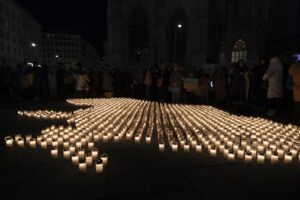





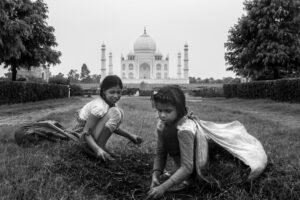




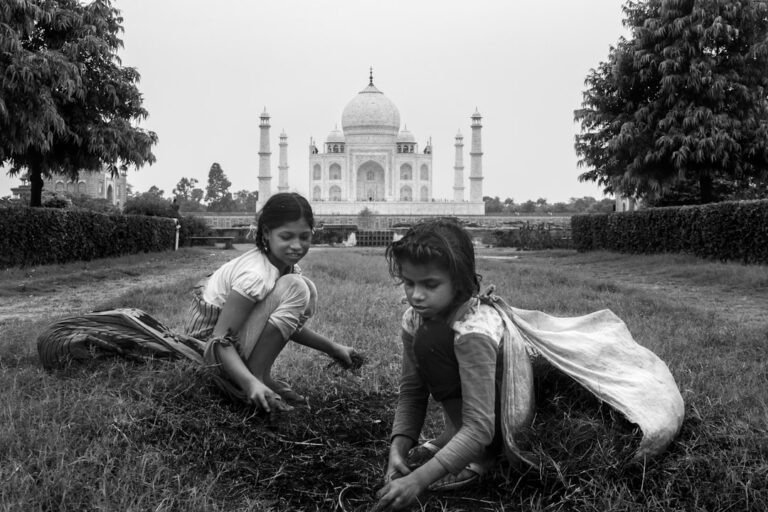


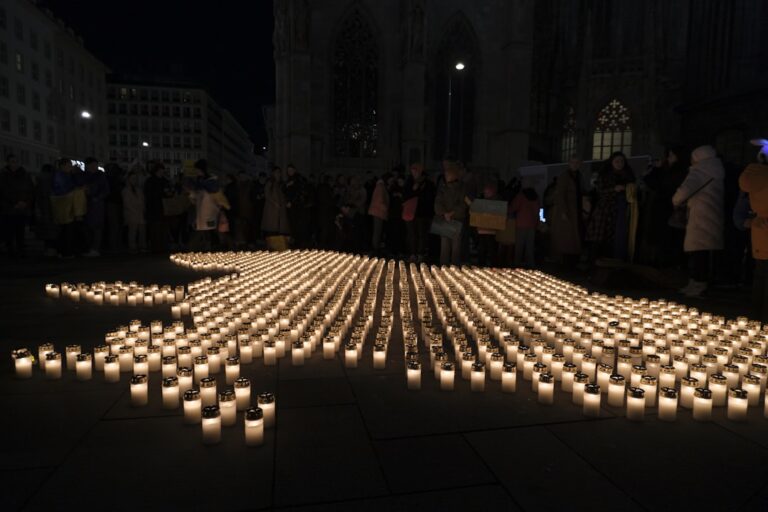





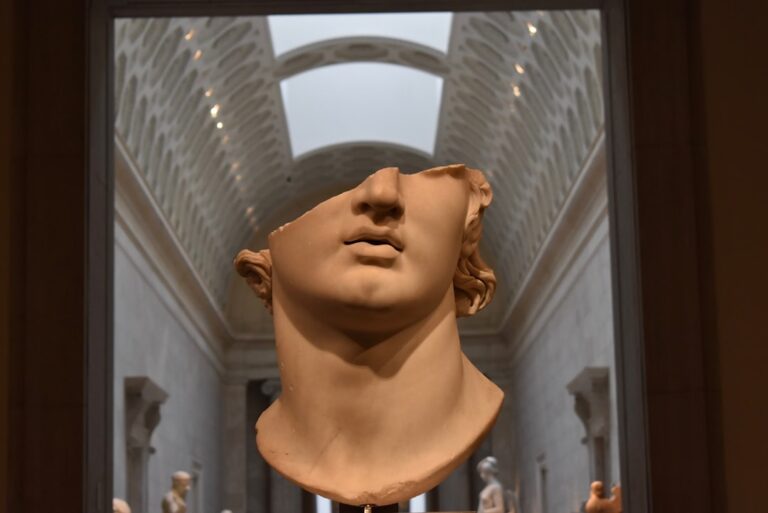
+ There are no comments
Add yours